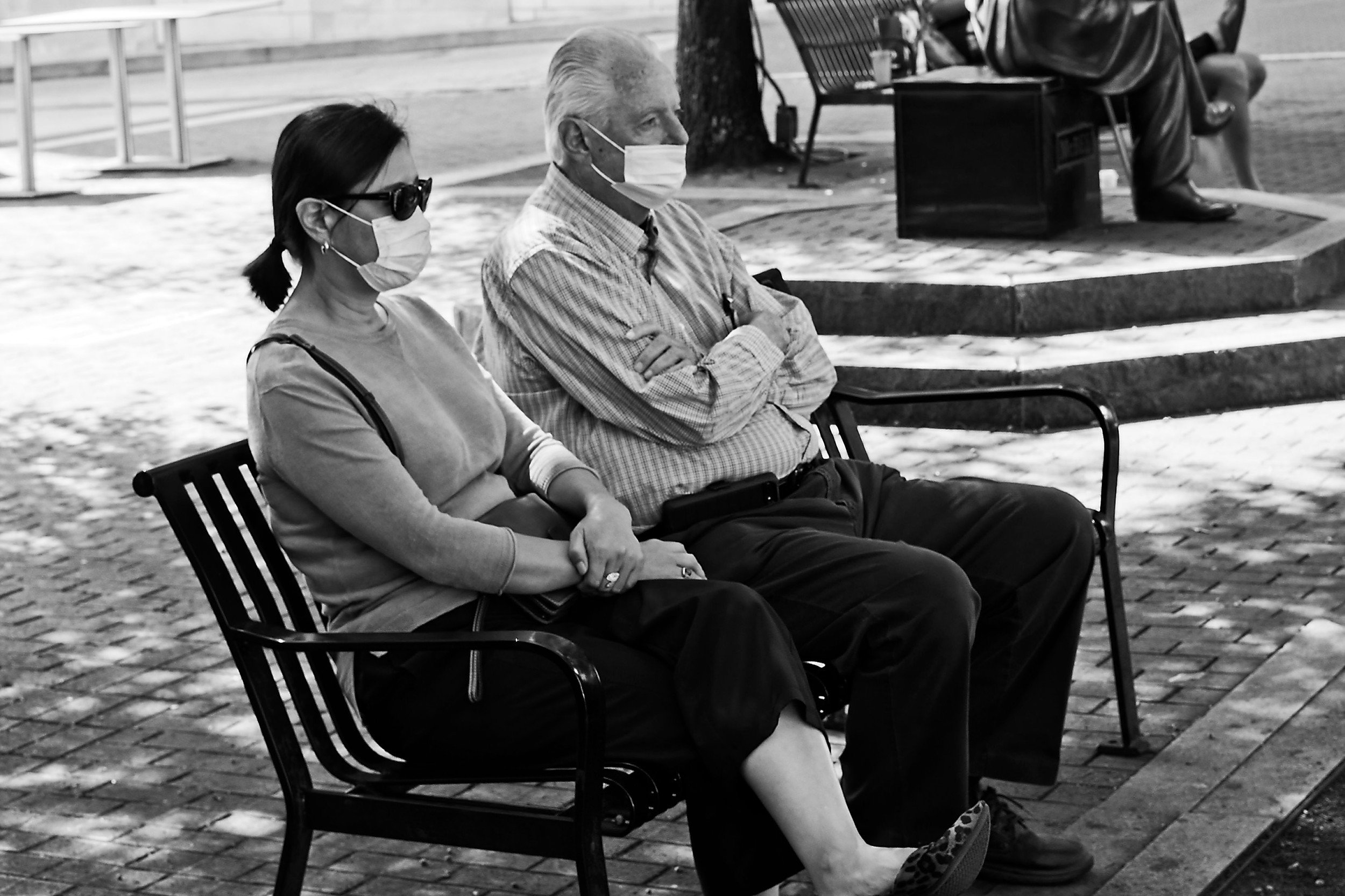If your pictures aren't good enough, you're not close enough - is that it?
If you had only one social media account, you would be bombarded with hundreds of images daily. But, as most people do, if you have multiple, this number will go up into the thousands. Daily!
Assuming that you are interested in looking at photographs, possibly following photographers whose images you like, I recommend that you educate yourself about how to look at a photo and know if it is a 'good' one.
Now, here I am moving into dangerous territory.
Defining a 'good' photo is dependent on a multitude of factors
Robert Capa famously said: "If your pictures aren't good enough, you're not close enough."
But proximity to the action and capturing the decisive moment is only one part of the equation: Composition, the use of or absence of color, and the use of light are other and more important criteria to consider.
And then, of course, the most important is the artist's vision: what do they want to communicate with a specific image?
"Are my images good enough" is a question I ask myself when reviewing the images I created and considering whether they are worth putting on the website for viewing by others.
The first indication that an image might be 'good' is the use of technique
How did the photographer use the light? How was the subject chosen and placed, and how is the general composition of the image? Mastering technique is essential to get the basics right and to understand what you are doing as a photographer. There are a lot of rules to follow, and once you know how to follow the rules, better images sometimes can be created by breaking the rules.
The second and more significant indication that a photo might be 'good' is how viewers react to and interact with the image
To start with some quotes from famous photographers: "There are always two people in every picture: the photographer and the viewer" (Ansel Adams) and "To me, photography must suggest, not insist or explain" (Brassaï).
The questions to ask are: how did the photographer apply technique to create a story that the viewer can read and interpret? How did she create a mood, a feeling, to entice a reaction from the viewer?
Or, to speak with David duChemin: does the image have a soul?
The latter is, for me, far more important than knowing that I created a technically perfect image.
Black and white: look for tonality
When looking at black and white images, I not only look for the elements mentioned above. I, in addition, pay specific attention to the picture's tonality.
To understand what 'tonality' means, we first need to understand what 'tonal range' means: the range of grey tones in an image between pure black and pure white. A picture can have a wide tonal range, which means that besides pure black and white, the image has a lot of shades of grey. Conversely, a photo with a small tonal range has only a limited number of greys.
Tonality relates to the balance of blacks, whites, and greys in the photos.
An image that I consider to have 'great tonality' has a full range of well-balanced grey tones and pure black and white.
However, having low tonality does not mean that the image is automatically not good!
Examples of images with low tonality are:
Images with high contrast.
High key images.
Low key images.
Middle key images (typically only grey tones and no pure black and pure white).
Get educated about photography.
As we have seen above, there is a lot to consider when contemplating whether a photo is a 'good' one. Therefore, before being able to discern a 'good' image, you have to educate yourself about photography.
And for me, the only way to do this - to learn how to 'read' an image, understand what to look for in a picture, and understand what type of images you like - is to look at many photos.
You could do this on your phone's/tablet's/computer's screen or by looking at photography books.
I, however, recommend going to a museum or a gallery and looking at actual prints of images. A photo looks much better printed.
Furthermore, a gallery owner can talk to you about the pictures, explain the photographer's vision, the techniques used, the background of the images, and much more.
Most larger cities have at least one photo gallery and probably more. And don't forget to check the smaller galleries outside the cities. There is a photographic world to explore out there!
Go an do it. Check it out.
Pro tip: when in Greenville, SC, check out the SE Center for Photography and the Artists Guild Gallery of Greenville

